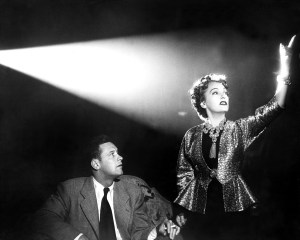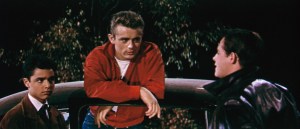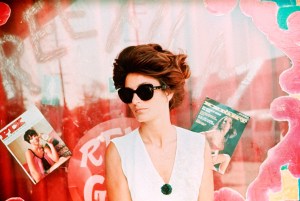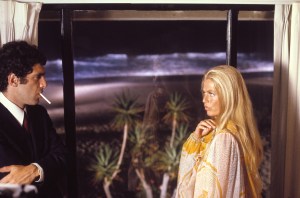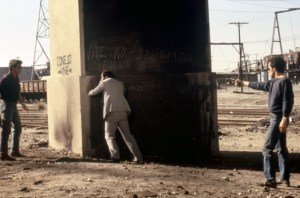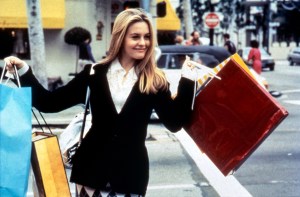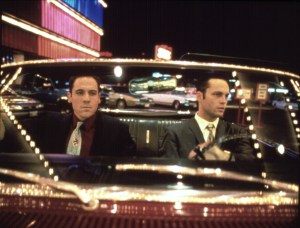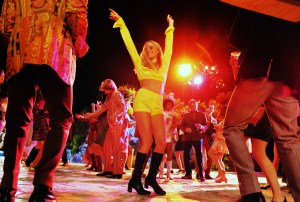“In a Lonely Place” (1950)
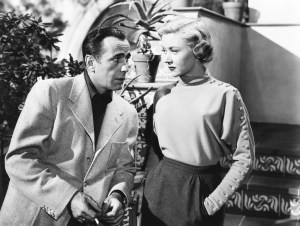
Director Nicholas Ray allegedly spent some time sleeping on the set of the West Hollywood apartment complex that traps Humphrey Bogart and Gloria Grahame, however much in love they are, in “In A Lonely Place.” But whether or not Ray had any extra hours to examine all the angles of the studio build based on the real Villa Primavera apartments, rarely has a film of any era used space so evocatively. The openness of the courtyard and the large, Venetian blind windows keep Bogart’s bitter writer, Dixon Steele, and Grahame’s too-smart actor, Laurel Grey, in each other’s lives and at a distance at the same time. Gracious Spanish ironwork completes the prison they can’t bear to leave. “In A Lonely Place” is maybe the noir where it’s Bogart who provides the most darkness, but Ray and DP Burnett Guffey know how to focus light to bring out the mania that’s in Steele, and that might just be in every man. That fear is universal. But the amount of emotional realizations that happen in cars in this movie does feel very specific to LA. —SS

